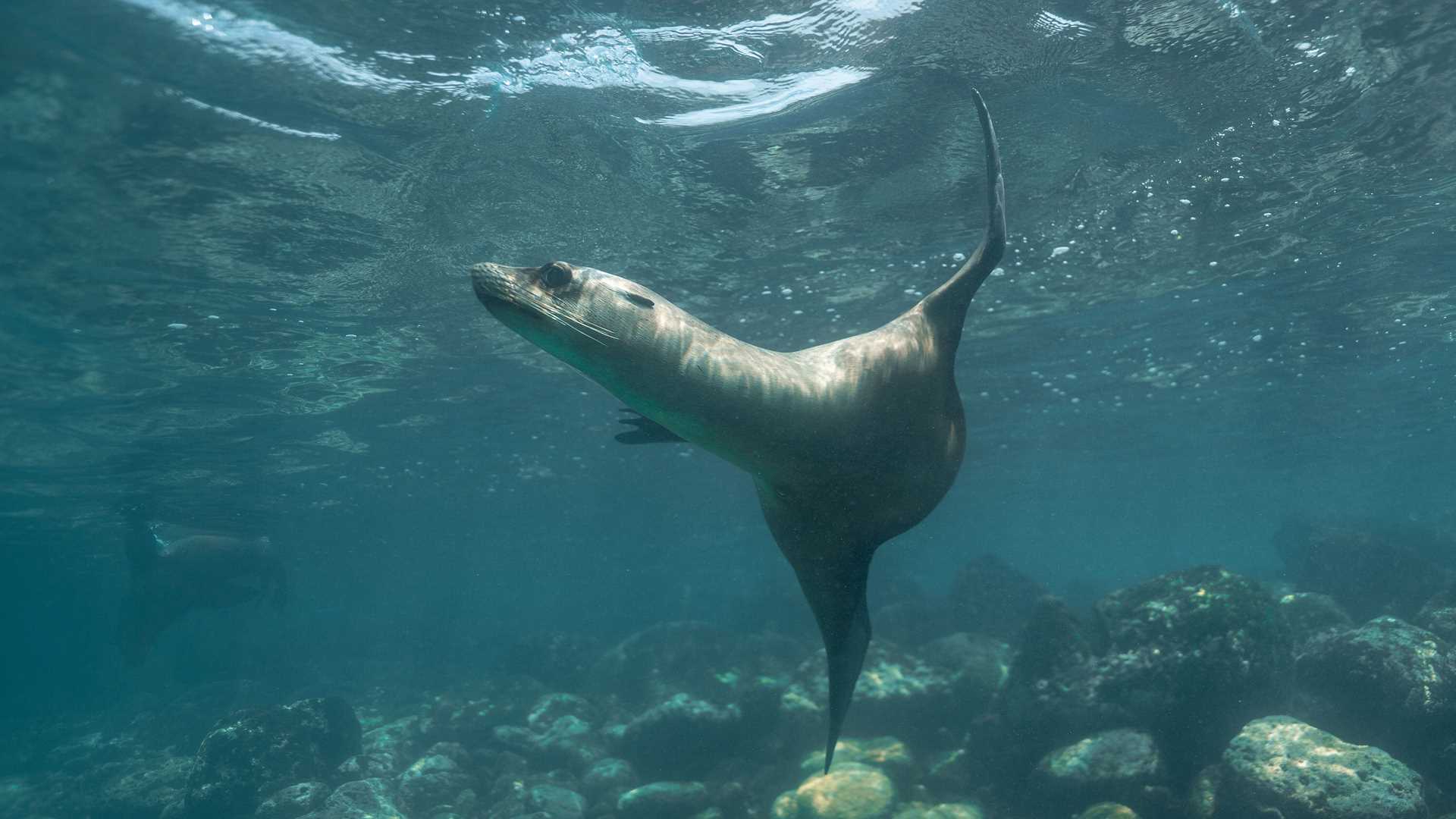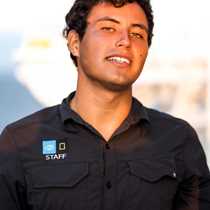Early in the morning our hikers got up with the rising sun, in one of the most graceful places on Floreana Island, Punta Cormorant. This place is not named because there are cormorants there, but rather in honor of a vessel that sank near the area. Right before midday we snorkeled around Champion Islet, an eroded parasite cone with a depth that reaches more than 150 feet just a few meters away from the coast. Sergeant majors, two kinds of damselfishes, king angels, razor-blade surgeons, blue-chin parrotfish, pyramid sea stars, baby sea lions, a sea turtle and a few white tipped reef sharks welcomed us in the refreshing water. The lunch was delicioso! We closed out the day visiting Post Office Bay and the barrel there to deliver some cards and pick up a few. We also had the opportunity to kayak and paddleboard around the shorelines before enjoying Sebastian’s talk about sea turtles.
6/13/2025
Read
National Geographic Endeavour II
Genovesa Island
We started the day with excitement as we landed on the beautiful, pristine coast of Isla Genovesa - a true birder’s dream. Along the sandy beaches and steep cliffs of Darwin Bay, we were surrounded by an incredible array of birdlife. Frigatebirds soared closely overhead with their red pouches on full display, while Nazca and blue-footed boobies nested along the rocky ledges. Swallow-tailed gulls called out as we walked past. In the distance, we saw the stoic and elusive short-eared owl. The island was alive with color, sound, and constant movement. Between our excursions to Isla Genovesa, we snorkeled near Prince Philip’s Steps and discovered a vibrant world beneath the waves. Schools of fish swirled around us, a fur seal turned in the water as if dancing on cue, and sea lions relaxed nearby. As our last snorkeling adventure came to a close, we spotted a sea turtle resting calmly in a crevice. As the sun retreated into the sky on our last return to National Geographic Endeavor II, we reflected on the sheer magnitude of what we witnessed on our last full day. Isla Genovesa, like the other islands, gave us a connection to a sacred world. The harmony between land, sea, and sky reminded us how deeply interconnected, vital, and fragile these ecosystems are. Watching birds tend to their nests and marine life swim effortlessly, we were struck by how little space there is between wonder and reverence. We recognized that our journey wasn’t just about observing unique wildlife, it was about feeling part of something grander and beautifully ancient.







